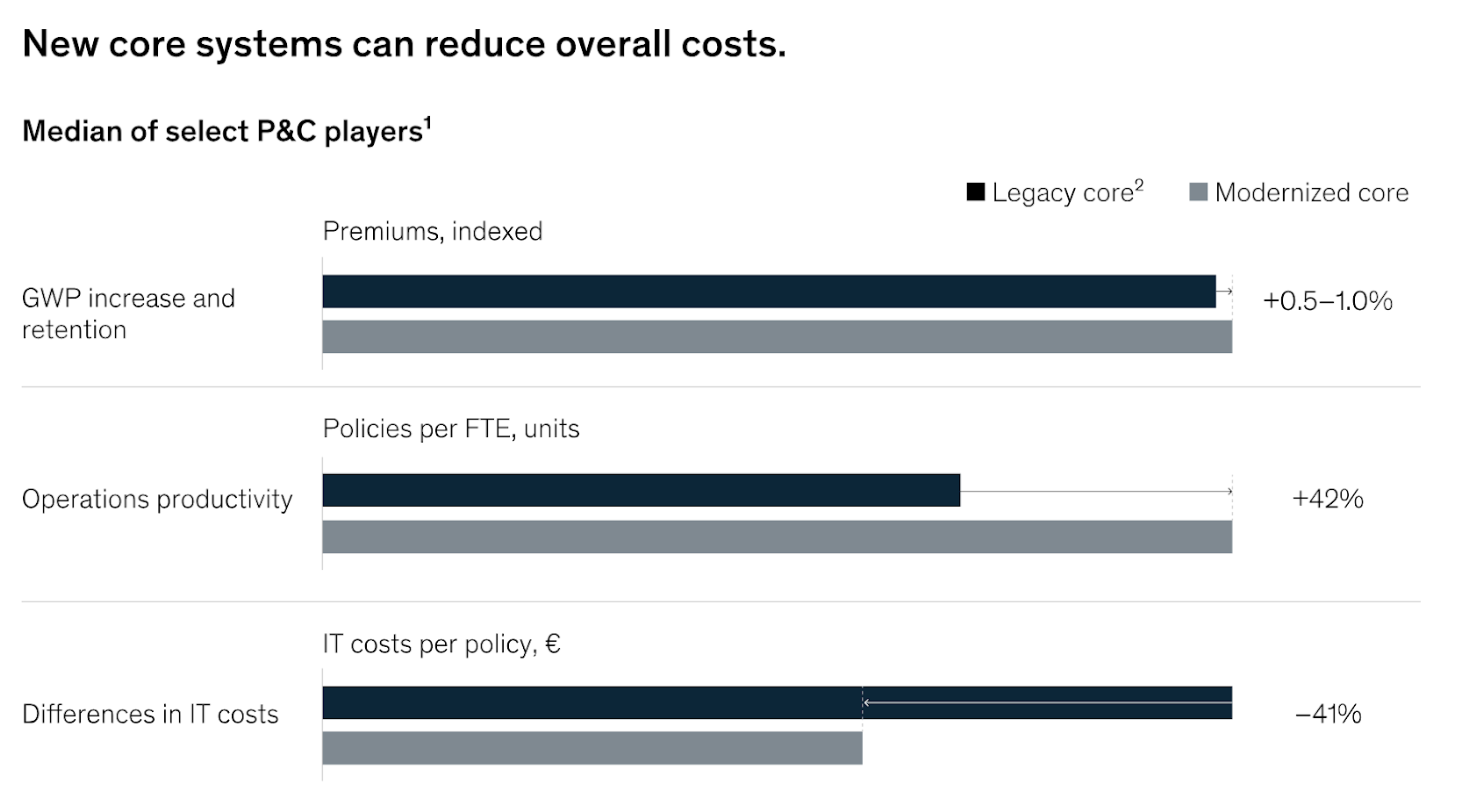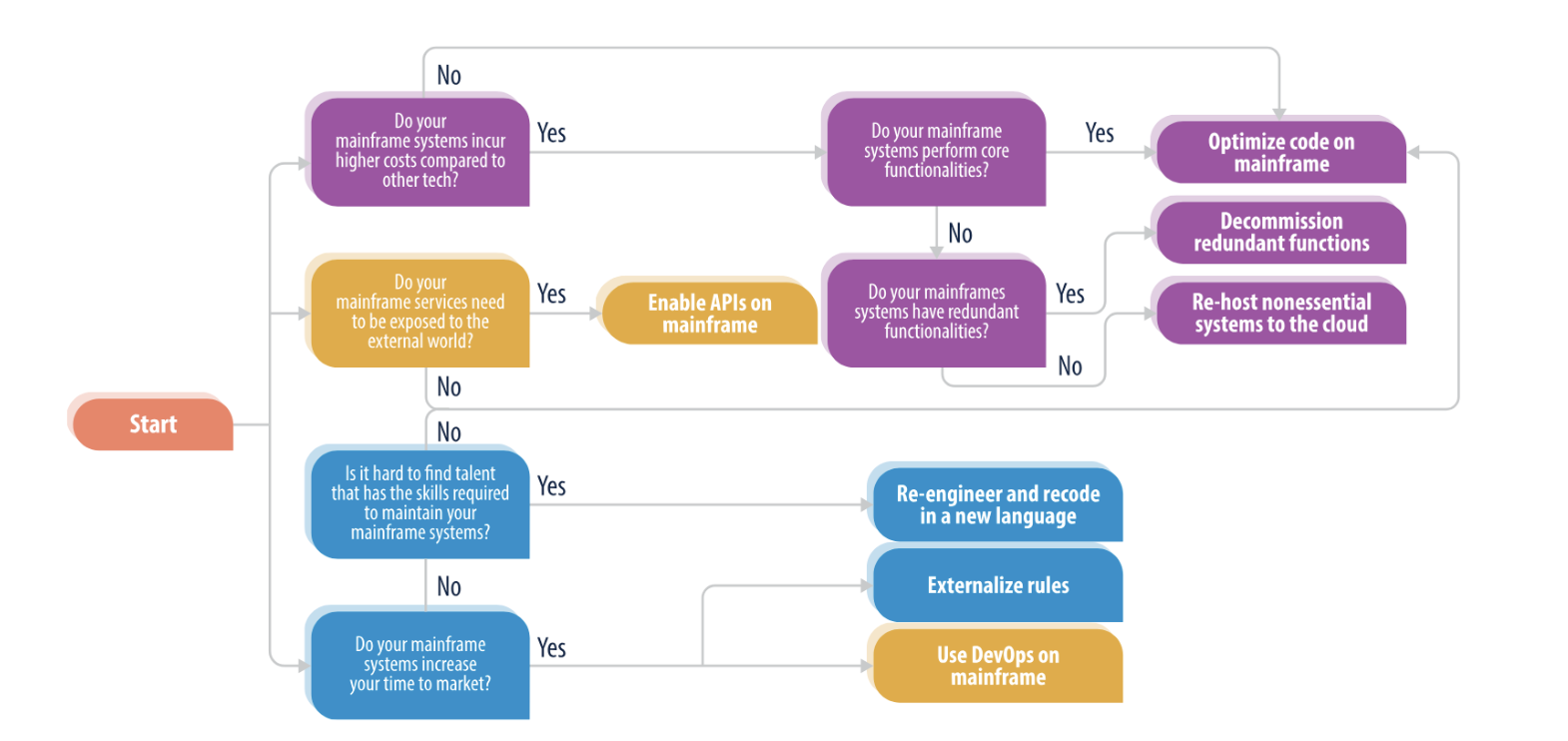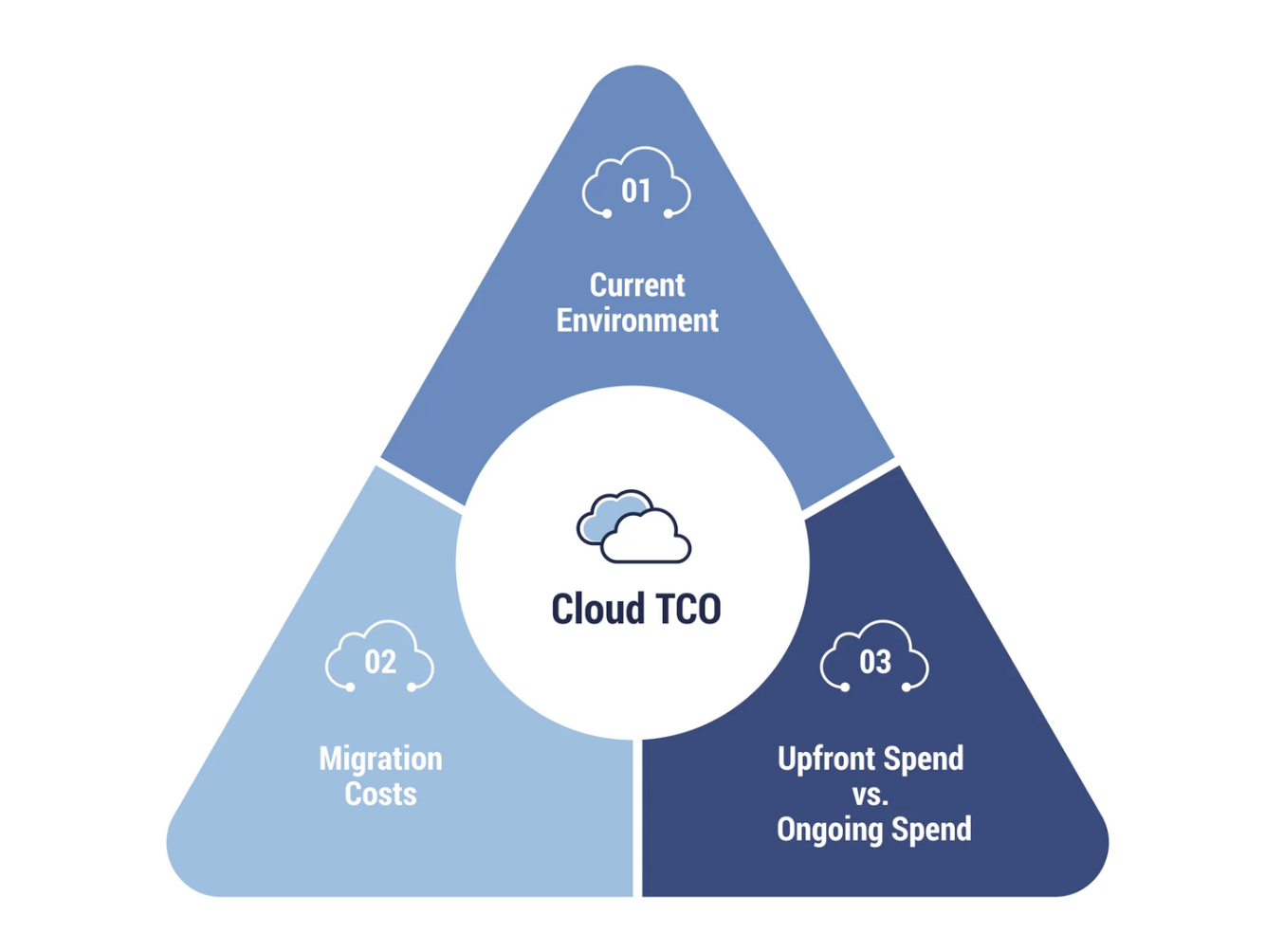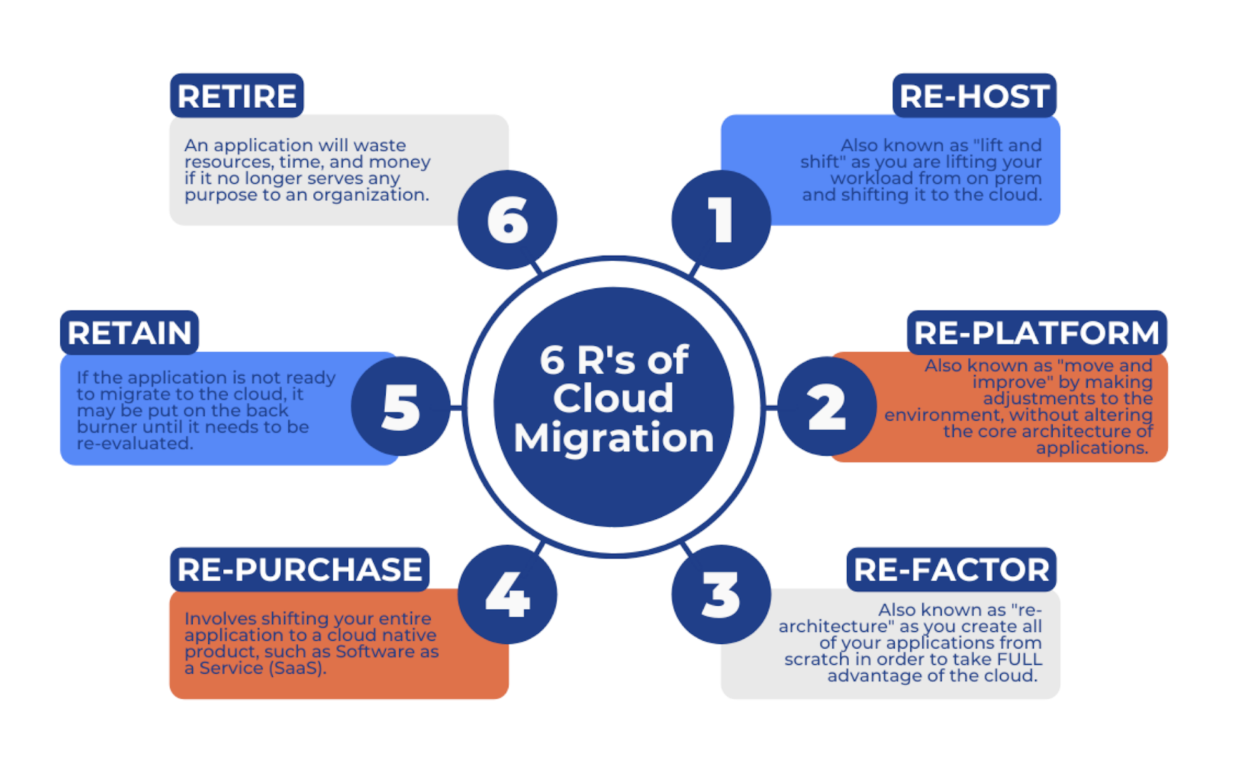The insurance industry has relied on legacy systems for decades, but these platforms have become serious obstacles to growth. A staggering 90% of businesses report being held back in their digital transformation efforts by outdated technology. The financial impact is severe. About 70% of IT budgets go straight into maintaining old infrastructure. Many insurers can't innovate or compete effectively because the technology that should help them is actually getting in the way.
Claims processing is the end-to-end workflow insurers use to intake, verify, adjudicate, and settle a claim, which requires fast data retrieval, complex decision-making, and coordination across multiple systems. Modernizing claims processing is critical because insurers that stay on legacy systems can’t keep up with rising customer expectations, regulatory demands, or the real-time automation competitors are already adopting. This is creating a wide open window for insurers to leap ahead if they so choose.
Moving from these rigid systems to modern cloud based platforms is necessary for scalable claims processing automation. This migration represents a fundamental shift in how a business may operate. Insurers who have modernized their IT systems report productivity gains of up to 42% and cost reductions of 41% per policy. This article will walk through strategic approaches to migration, explain the benefits of modern claims processing, and offer a practical roadmap for reducing risk and choosing the right implementation partner.
 Source: McKinsey
Source: McKinsey
What are the hidden costs of legacy claims processing systems?
Legacy systems might seem like they're still working, but they carry heavy hidden costs that affect budgets and customer retention alike.
Why Maintenance Expenses Continue to Rise
IT departments spend massive amounts of resources just to keep outdated systems operational. Many of these systems run on archaic programming languages like COBOL. Here's the problem:
60% of mainframe experts are approaching retirement, which means the talent pool for maintaining these systems is shrinking fast. These platforms also eat up expensive mainframe processing power. When you add up labor and application upkeep, the costs can reach around
$9 million over ten years.

The most likely way to modernize your mainframe.
Source: Infosys
Operational Bottlenecks That Impact the Bottom Line
Legacy systems mean manual workflows that take forever. Settlement times drag on, and the customer experience suffers. These platforms can't scale up when claim volumes spike during peak periods like natural disasters, which creates major delays. In those cases, customer loyalty takes a direct hit. In recent years, there's been an
80% increase in policyholders who say they'd switch providers because of poor digital portal experiences.
Security and Compliance Vulnerabilities
Older infrastructure creates serious security risks. Outdated systems are easier targets for cyberattacks. They don't have modern security features and can't keep up with changing regulations. This creates compliance headaches and leaves insurers exposed to data breaches and potential penalties.
What is modern claims processing automation?
Modern claims processing automation completely reimagines the entire claims lifecycle. It can run on cloud systems, use artificial intelligence, and have a flexible architecture for processing data in real time.
Core Components
Modern platforms use an API-first design and microservices architecture. This modular setup enables automated workflows and omnichannel customer support. The result is a connected experience that legacy systems simply can't match.
Al and Machine Learning
Al plays a central role in modern claims. It transforms how companies assess risk and detect fraud. Al models can analyze both text and images for damage assessment, process documents through Natural Language Processing (NLP), and spot suspicious patterns to fight fraud. These capabilities can cut claim settlement times by
30-40%.
Scalable Cloud Infrastructure
Cloud platforms provide elastic scaling. Insurers can adjust resources based on claim volumes without making huge upfront hardware investments. The pay-as-you-go model includes high availability, which keeps the business running smoothly.
How should you assess your current claims infrastructure?
You need a thorough evaluation of your existing claims infrastructure before starting any migration. This assessment gives you the clarity to define project scope, spot potential risks, and build a solid business case for modernization.
Conducting a Legacy System Audit
Start with a comprehensive audit of your current systems. Make an inventory of all applications, map out their dependencies, and figure out which ones are critical to operations. Document the pain points you're experiencing. You should also assess your "technical debt," which is the cost of rework you'll face because past decisions prioritized quick fixes over better long-term solutions.
Calculating Total Cost of Ownership (TCO)
To justify modernization, you must compare the cost of keeping legacy systems alive with the expense of a contemporary platform. This calculation should include the direct and indirect costs previously discussed, from hardware and staffing to operational inefficiencies. Crucially, don't overlook opportunity costs, such as lost business from a poor customer experience or slow time-to-market. When you run a five-year projection, modern platforms typically pay for themselves within 18 to 36 months.

Source: Tierpoint
Identifying Integration Requirements
Modern insurance operations depend on connected ecosystems of tools. Your audit needs to identify every critical integration point. This includes policy administration systems (PAS), billing platforms, CRMs, document management systems, and third-party data sources for analytics and regulatory reporting.
What are the strategic approaches to core systems modernization?
The ideal migration strategy for your organization depends on its specific requirements, risk tolerance, and long-term vision. To learn more, explore how legacy transformation and cloud modernization can help
overcome mainframe challenges.
The Six R's of Migration: This framework lays out strategic options for handling legacy applications. Common approaches include Rehosting, sometimes called "lift and shift," which lets you move quickly with minimal changes. Refactoring means rebuilding the application to be cloud-native, which gives you maximum long-term benefits. Repurchasing involves replacing the legacy app entirely with a modern SaaS solution.

Source: Net3 Technology
Phased vs. Big Bang: A "big bang" implementation switches everything to the new system at once. It's fast but risky. A "phased" rollout happens gradually, which reduces risk and gives staff more time to adjust. The trade-off is that it takes longer to complete.
API Wrapping vs. Full Replacement: Some insurers aren't ready for a full replacement yet. Creating a modern API "wrapper" around a legacy system can extend its functionality as a temporary fix. Just remember that this works best as a bridge to eventual full replacement. It doesn't solve the underlying problems.
How can you minimize risk during the transition?
Effective risk management is essential for a migration to succeed. Build a comprehensive testing suite that covers unit, integration, performance and security checks to confirm every component works together as intended.
Also, give change management and employee training the attention they deserve—use clear communication and hands-on workshops so teams truly adopt the new platform. Keep a solid business continuity plan in place; running the legacy and new systems side-by-side during the transition reduces the risk of service disruption.
What are the real-world results of modernization?
Migrating to a modern claims platform delivers tangible benefits. You'll see measurable improvements throughout the organization.
Operational Efficiency and Cost Savings
Modernized platforms create dramatic improvements in productivity and cost reduction. Insurers that adopt modern technology enjoy higher productivity and lower cost per policy. Automation can lift straight through processing rates to roughly
70-80%. Enhanced fraud detection capabilities also help combat the industry's
$80 billion fraud problem. Here's a concrete example: Allianz Direct used an Al-driven platform to
cut operational costs by 50%.
Customer Experience Enhancement
Modern systems make it possible to offer digital self-service, mobile submissions, and real-time updates. Customers expect these features now. The transparency and speed of faster settlements boost satisfaction scores. That same Allianz implementation also achieved a
90% customer satisfaction score. The connection between modernization and customer loyalty is clear.
A successful migration needs to solve current problems and build a foundation for what comes next. A future-proof platform should enable continuous deployment of
Al and machine learning services. It needs to support emerging technologies like IoT, telematics, and blockchain.
The architecture must handle scalable growth, managing increasing data volumes and expansion into new markets without performance problems. You can learn more about how
digital transformation is advancing the insurance industry.
Real-World Example: AI-Powered Damage Assessment
The best way to understand modernization benefits is through practical applications. The work done with one of our clients shows what's possible. Their platform acts as a fiduciary agent for policyholders. Their onsite adjusters needed a better way to document property damage during claims processing.
In response, Kanda and the client developed a custom mobile application that uses AI to streamline the workflow. Adjusters use the app to photograph damaged items. Then, the AI algorithms process the images to identify items, determine fair market value, and generate accurate purchase links for replacements. When the AI cannot identify an item, adjusters simply fill in the details.
The system then follows an iterative loop in which a staff member reviews and confirms the AI's findings, guaranteeing 100% accuracy before the data is sent to the insurance carriers. In practice, the AI-driven item identification achieved 60-80% accuracy on its initial pass, while the staff review process ensured the final link generation sent to carriers was 100% accurate. What once was a slow, manual chore is now an efficient, data driven process.
How Kanda Can Help
Scaling a claims processing platform is complex work. Kanda provides the expertise to bridge the gap between legacy systems and modern, high-performance platforms that meet regulatory requirements.
Build Custom Platforms: Develop secure, scalable, and compliant software and APIs tailored to your claims processing workflows.
Integrate AI and Automation: Design and deploy advanced AI models for tasks like damage assessment, fraud detection, and automated adjudication.
Manage Legacy System Integration: Create effective data transformation pipelines to connect older systems with modern, cloud-based platforms.
Ensure Security and Compliance: Engineer platforms to meet strict regulatory standards, protecting sensitive data and ensuring compliance.
Talk to our experts to explore how Kanda can turn your vision for a modern claims processing platform into a reality.
Conclusion
For insurers, moving from legacy systems to modern, scalable platforms is now a strategic necessity, not a choice. The upgrade drives operational efficiency, cuts long-term expenses and provides the seamless digital experience policyholders demand. Though the transition requires careful planning and a sizable investment, it enables a more agile, resilient and customer-focused organization, especially when a structured roadmap and the right partner are in place.

 Source: McKinsey
Source: McKinsey
 The most likely way to modernize your mainframe.
Source: Infosys
The most likely way to modernize your mainframe.
Source: Infosys
 Source: Tierpoint
Source: Tierpoint
 Source: Net3 Technology
Phased vs. Big Bang: A "big bang" implementation switches everything to the new system at once. It's fast but risky. A "phased" rollout happens gradually, which reduces risk and gives staff more time to adjust. The trade-off is that it takes longer to complete.
API Wrapping vs. Full Replacement: Some insurers aren't ready for a full replacement yet. Creating a modern API "wrapper" around a legacy system can extend its functionality as a temporary fix. Just remember that this works best as a bridge to eventual full replacement. It doesn't solve the underlying problems.
Source: Net3 Technology
Phased vs. Big Bang: A "big bang" implementation switches everything to the new system at once. It's fast but risky. A "phased" rollout happens gradually, which reduces risk and gives staff more time to adjust. The trade-off is that it takes longer to complete.
API Wrapping vs. Full Replacement: Some insurers aren't ready for a full replacement yet. Creating a modern API "wrapper" around a legacy system can extend its functionality as a temporary fix. Just remember that this works best as a bridge to eventual full replacement. It doesn't solve the underlying problems.

